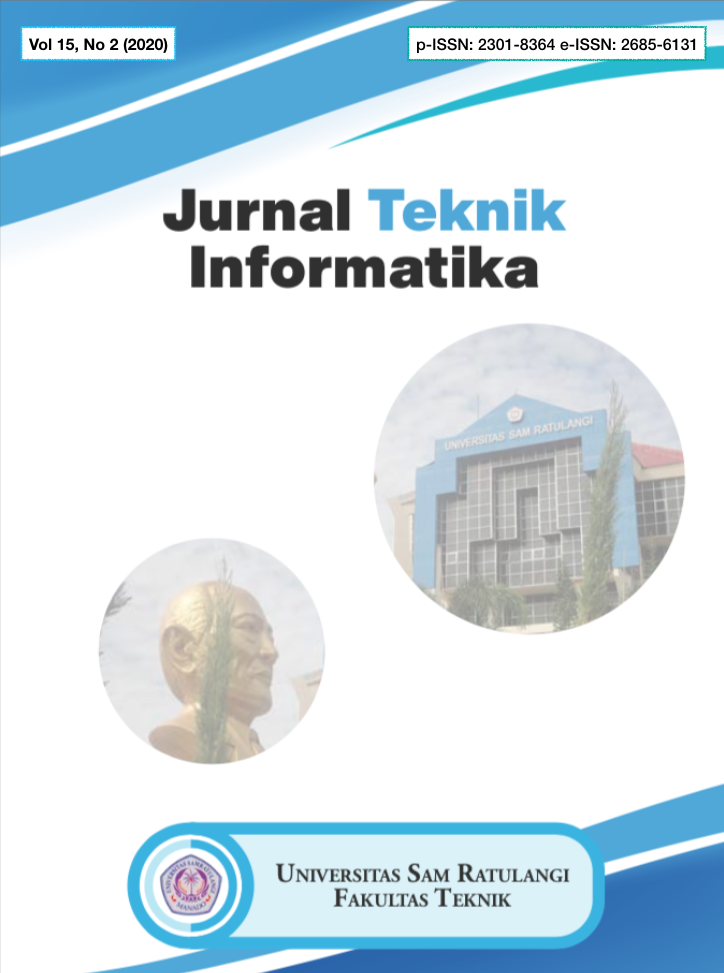


The process of encrypting and decrypting messages involves keys. Since data may be visible on the Internet, sensitive information such as passwords and personal communication may be exposed to potential interceptors. In the context of cryptography, encryption serves as a mechanism to ensure confidentiality. As computing power continues to increase, computer encryption is constantly evolving to prevent attacks. Today, encryption is used in the transfer of communication over the Internet for security and commerce. The Allies used computing power to severely limit the number of reasonable combinations they needed to check every day, leading to the breaking of the Enigma Machine.
#Jurnal informatika pdf code
Each day's combination was only known by the Axis, so many thought the only way to break the code would be to try over 17,000 combinations within 24 hours. The Enigma Machine was more complex because unlike the Jefferson Wheel and the M-94, each day the jumble of letters switched to a completely new combination. In World War II, the Axis powers used a more advanced version of the M-94 called the Enigma Machine. Ī similar device to the Jefferson Disk, the M-94, was developed in 1917 independently by US Army Major Joseph Mauborne. The message could be decrypted by plugging in the jumbled message to a receiver with an identical cipher. The cipher, known today as the Wheel Cipher or the Jefferson Disk, although never actually built, was theorized as a spool that could jumble an English message up to 36 characters. 19th–20th century Īround 1790, Thomas Jefferson theorised a cipher to encode and decode messages in order to provide a more secure way of military correspondence. In order for frequency analysis to be useful, the person trying to decrypt the message would need to know which language the sender chose. This technique was rendered ineffective after the creation of the Polyalphabetic cipher by Leone Alberti in 1465, which incorporated different sets of languages. This technique looked at the frequency of letters in the encrypted message to determine the appropriate shift.
#Jurnal informatika pdf crack
Īround 800 AD, Arab mathematician Al-Kindi developed the technique of frequency analysis – which was an attempt to systematically crack Caesar ciphers. A message encoded with this type of encryption could be decoded with the fixed number on the Caesar Cipher. One of the most famous military encryption developments was the Caesar Cipher, which was a system in which a letter in normal text is shifted down a fixed number of positions down the alphabet to get the encoded letter. This type of early encryption was used throughout Ancient Greece and Rome for military purposes. Symbol replacement encryption is “non-standard,” which means that the symbols require a cipher or key to understand. One of the earliest forms of encryption is symbol replacement, which was first found in the tomb of Khnumhotep II, who lived in 1900 BC Egypt.

Host-based intrusion detection system (HIDS).


 0 kommentar(er)
0 kommentar(er)
